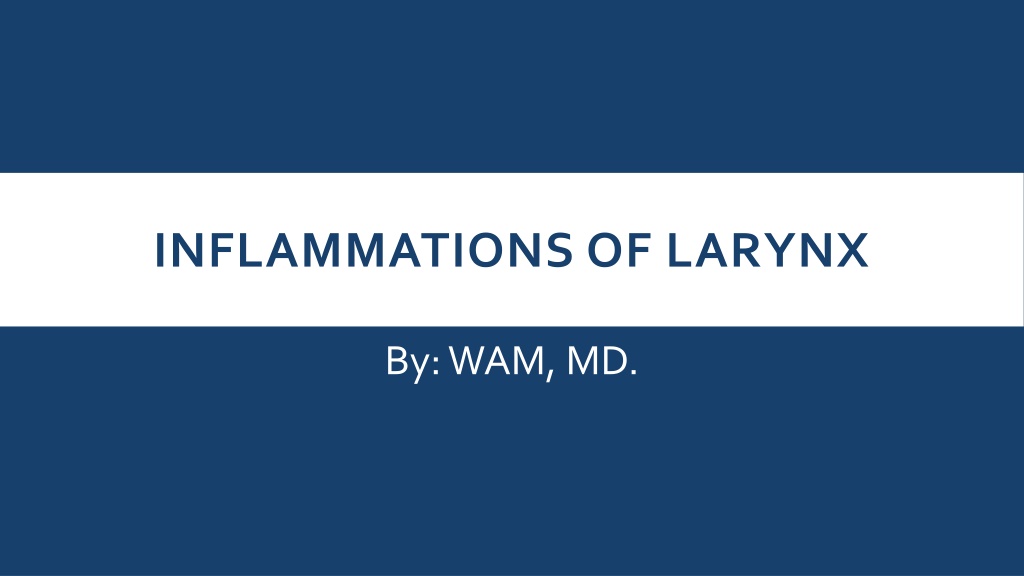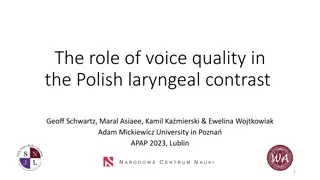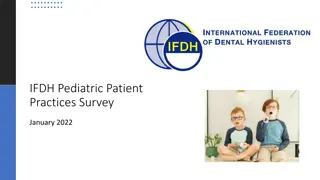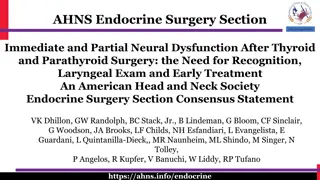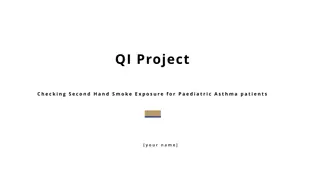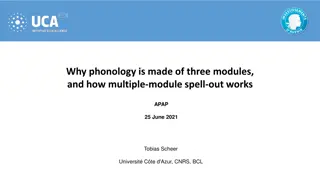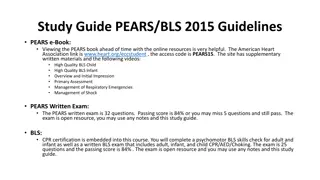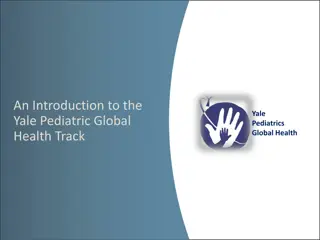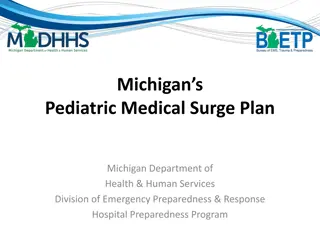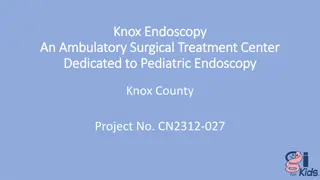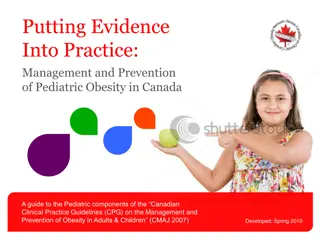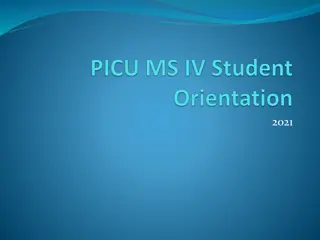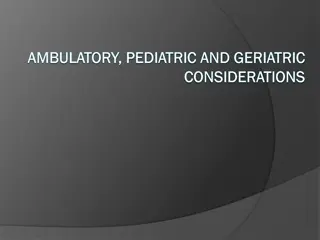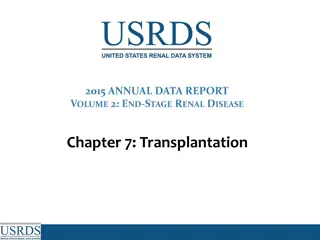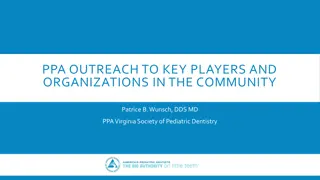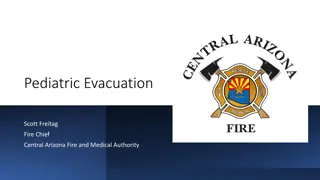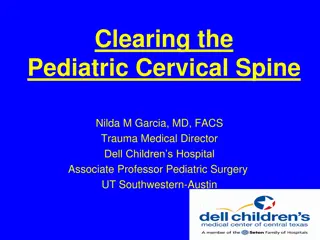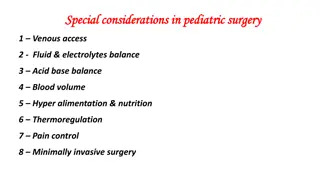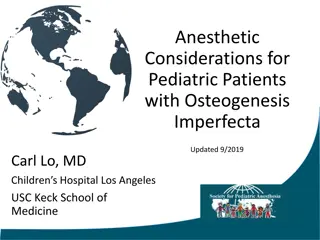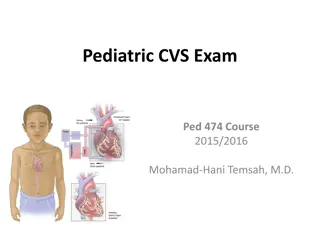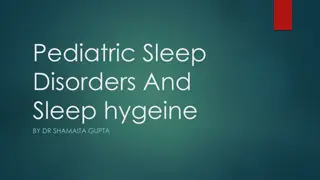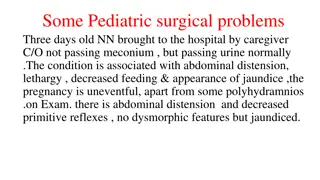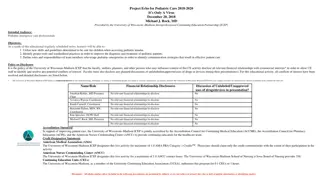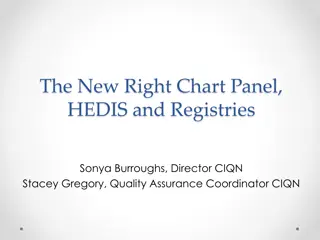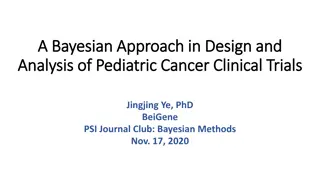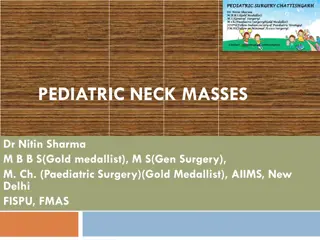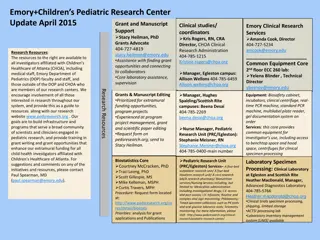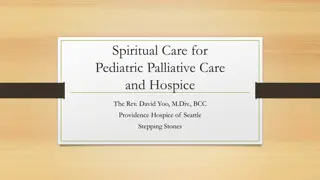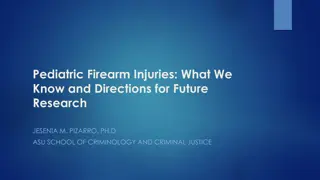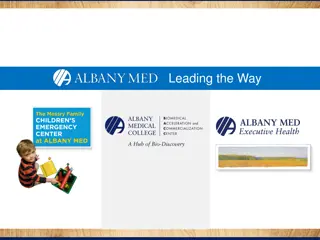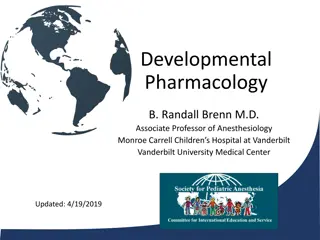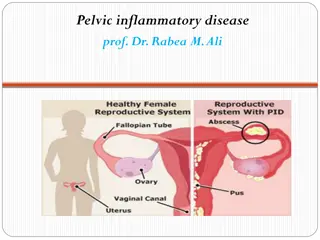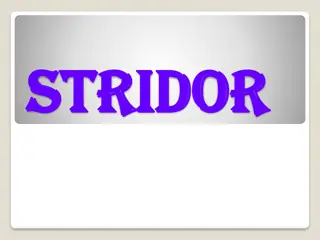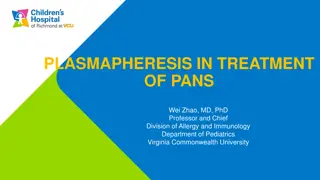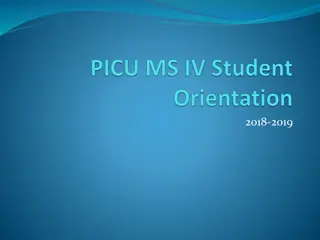Overview of Laryngeal Inflammations in Pediatric Patients
This comprehensive overview covers various inflammations of the larynx in pediatric patients, including laryngotracheitis, supraglottitis, diphtheria, chronic non-specific laryngitis, tuberculosis (TB), scleroma, and voice-induced disorders. It discusses causes, symptoms, diagnostic features, treatment options, and clinical implications for each condition. The content also includes helpful images for visual reference.
- Laryngeal inflammations
- Pediatric laryngitis
- Infections of larynx
- Chronic laryngitis
- Voice disorders
Uploaded on Sep 29, 2024 | 0 Views
Download Presentation

Please find below an Image/Link to download the presentation.
The content on the website is provided AS IS for your information and personal use only. It may not be sold, licensed, or shared on other websites without obtaining consent from the author. Download presentation by click this link. If you encounter any issues during the download, it is possible that the publisher has removed the file from their server.
E N D
Presentation Transcript
INFLAMMATIONS OF LARYNX By: WAM, MD.
PAEDIATRIC LARYNGITIS 1. Laryngotracheitis: Viral in origin, Parainfluenzaevirus in 50%. Affects children less than 3ys. Air way obstruction and stridor. On exam. Erythematous and oedematous mucosa. Sec. bacterial infection . Membranous croup due to Heaemophilusinfluenzae. Treatment: Hydration, humidified oxygen and corticosteroids.
2. Supraglottitis ( Epiglottitis): Life threatening infection of supraglotic larynx caused by H.influenzae type B. Affects children above 3ys. Rapid onset, fever, sore throat, inspiratory stridor, child is generally ill, drooling. Treatment: - secure safe air way. -antibiotics ( 2ndor 3rd generation cephalosporin). -supportive care.
3. Diphtheria: Caused by Corynebacterium diphtheriae. Febrile illness, slow onset,followed by progressive air way obstruction. Thick greyish membranous exudate over tonsils, pharynx and laryngeal structures. Treatment: - establish safe air way. -antitoxin. -penicillin.
CHRONIC NON SPECIFIC LARYNGITIS. Arises due to faulty use of voice, irritation by dust and fumes. Laryngeal appearances: 1. hyperaemic: cords are injected. 2. Hypertrophy: thickening of all tissues of larynx. 3. Oedematous: true cords are swollen and pale. Treatment: - vocal rest - antibiotics. - elimination of irritating factors. - stripping of vocal cords in resistant oedematous cases.
CHRONIC SPECIFIC INFECTIONS OF LARYNX 1. T.B: Today is frequently unassociatedwith active pulm.disease. Nowadays true vocal cords to be most commonly involved. Clinically . Dysphonia and odynophagia. Laryngeal mucosa may be diffusely oedematous, hyperaemic, hypertrophic. Or the process may be nodular or ulcerative. If left untreated cicatriciallaryngeal stenosis or fixation of vocal folds.
2. Scleroma: Caused by K.rhinoscleromatis Three stages of disease catarrhal, granulomatousand sclerotic. Involve subglottic region and trachea. Diagnosis ..Mikulicz cells, Russel bodies. Treatment .. Qunilones antibiotics Laryngeal dilatation. Endoscopic resection. Tracheostomy.
VOICE INDUCED DISORDERS 1. Due to excessive use of voice. Common in singers, teachers and mothers of young children. Pathology: Localised hyperkeratosis at junction of ant.1/3 and post.2/3 of the free edge of one or both cords. C/P: dysphonia, nodules are bilateral and symmetrical. Treatment: -voice rest. -endoscopic removal. -speech therapy. Vocal nodules:
2.VOCAL FOLD POLYP Caused by vocal trauma. Usually unilateral. Sessile or pedunculated. ttt: removal through direct laryngoscopy.
F.B INHALATION Click to see larger picture F.B passed larynx may lodge anywhere in trachea or bronchi, more commonly in Rt.mainbronchus. Initial symptoms: cough, dyspnoea, choking followed by latent period. Cough returns if object changes its position Atelectasis if lobe of lung is completely obstructed Emphysema in case of partial obstruction. Vegetable F.B intense inflammatory reaction in mucosa. Ttt: removal through bronchoscope Click to see larger picture
